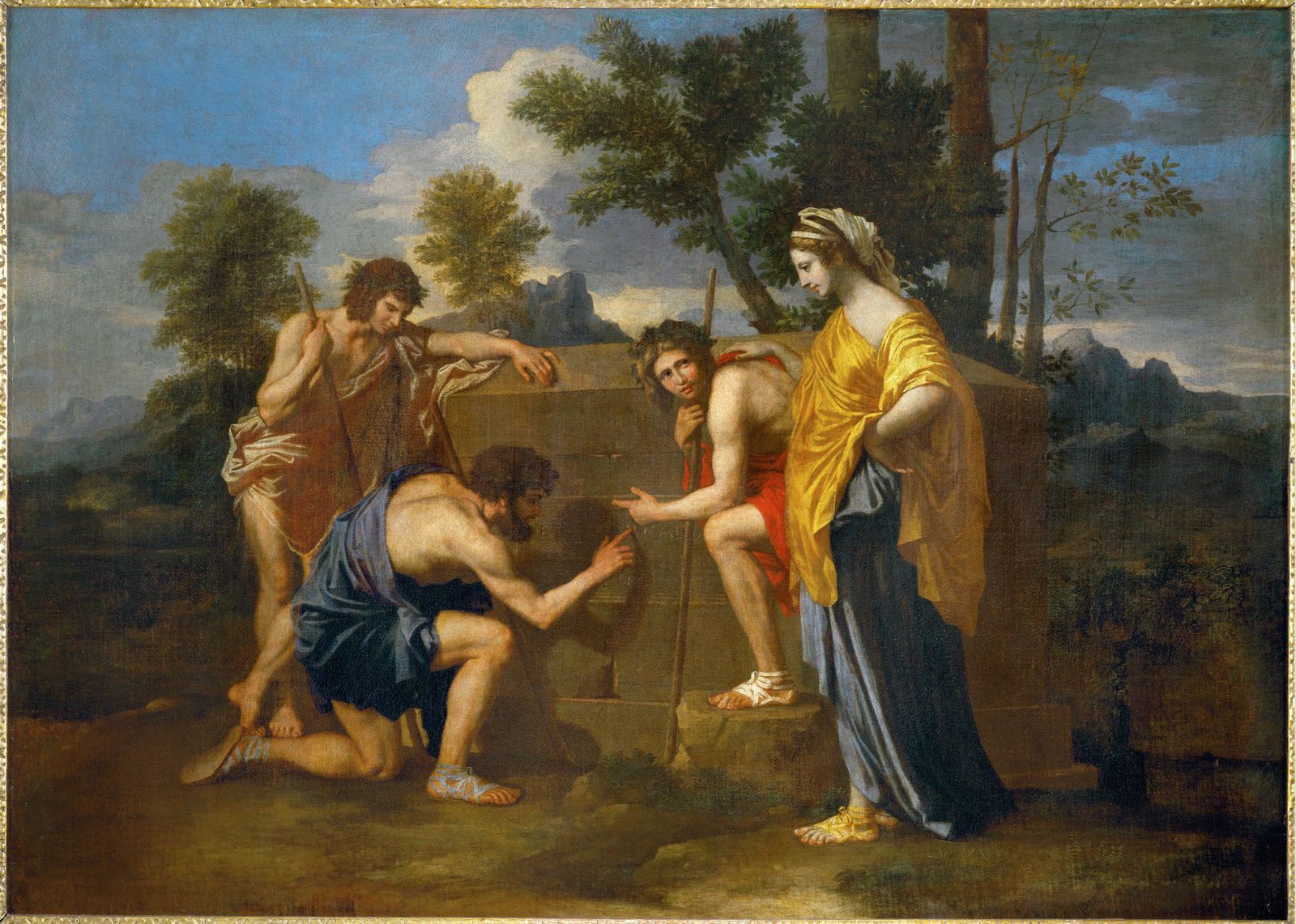Et in Avebury ego…

_
Like many of us, if reaction on Twitter is anything to go by, I was shocked by the revelations in the Daily Telegraph that neo-Nazi groups were holding rallies and rituals at prehistoric sites in the care of the National Trust. Even though ‘Woden’s Folk’ sound like they should be the paramilitary wing of the Woodcraft Folk this is really no laughing matter. Part of the problem must be down to the way British prehistory has been portrayed in the media in recent years, with journalists content to trot out the simplistic interpretations of migrations and ethnicity produced by some genetic studies, mirroring the invasion theories and culture history of the mid-20th century - indeed it is ironic that the Telegraph broke the neo-Nazi story when, as Kenny Brophy has pointed out, their own headline about Late Neolithic feasting at Stonehenge pandered to exactly the same nationalist tropes espoused by these groups. But actually I think there is a bigger and older issue here, reflecting the way that prehistoric monuments and the rural historic environment, with which they are usually associated, have been presented.
_
The problem is that for all the radical prehistories produced within the academy, our material turns and post-human approaches, the version presented to the public at heritage sites is often reduced to a conservative, nostalgic narrative of a lost rural England. And while we may think of the far right as a predominantly urban movement, railing against immigrants, a 'blood and soil' ideology has always been part of the mix too. There is a clear analogy with the field of nature writing, where a nasty strain of eco-fascism has often underpinned apparently innocent descriptions of walks, views and wildlife, as recently articulated by Richard Smyth. What he acutely observes about nature writers and enthusiasts ‘who disdain modern life as unnatural and the modern world as a non-place’ can just as well be applied to archaeologists and heritage enthusiasts of similar outlook: ‘Of course they aren’t fascists. But when fascism comes along they may not be best-placed to see it for what it is, or to resist the pull of its song’.
a
At places like Avebury and Wayland’s Smithy, the sites mentioned in the Telegraph piece, we have endeavoured to use the prehistoric stones to help construct a narrative of an essentially unchanging rural landscape that could be seen as playing to that song - just the kind of story that might appeal to a conservative, racist English nationalism. In fact of course this is all fiction: both Avebury and Wayland’s Smithy are 20th-century recreations of prehistoric monuments, just as the more recent landscape elements around them, such as the post-medieval fields produced by processes of enclosure, embody not a timeless rural idyll but profound change and frequent conflict. An additional unhelpful trope, seen particularly in almost anything written about Silbury Hill, is to present prehistoric monuments as essentially mysterious, their meanings lost in the mists of time - immediately producing an interpretative space begging to be filled by conspiracy theorists and political extremists alike.
a
The challenge, it seems to me, is twofold. Firstly to produce a (pre)history of the countryside that is not linked to nostalgic ideas of indigenous white Englishness but emphasises what Adrian Chadwick has termed 'the dynamic, mutable and socially meaningful nature of [past] land allotment and fields'. This will also require countering the narratives that imply people need to have ancestral roots in a place to truly belong there (seen in those jokes along the lines of ‘we’ve been living here for 50 years now, so we’re still seen as newcomers’). Time depth is inherent in the landscape but making a connection with an ancient place does not depend on ancestry, it is about dwelling - which may simply take the form of visiting. Of course understanding and a sense of belonging are deepened by spending time in a place but it is not a quantitative matter to be measured in generational time. The aim of heritage organisations should be to ensure everyone understands at least in outline how our historic landscape has developed over millennia: the struggles beneath the surface of the fieldscape; the ceaseless change, even in picture-postcard villages, that gives the lie to nostalgic narratives; and the place of surviving prehistoric monuments within that - not as mysterious fossils that hark back to a prelapsarian, whitewashed past, but integral parts of the dynamic processes which have produced modern Britain in all its diversity.
a
Secondly, we have to show people that prehistoric remains belong to everyone and are found everywhere, not just in the ‘idyllic’ places of rural England, but under our towns, suburban estates, business parks and shopping centres. They may not have the immediately evocative sense of antiquity that upstanding monuments like Avebury and Wayland’s Smithy offer, but they provide stories of England’s deeper past that belong to everyone who lives here, and resonate with contemporary issues such as sustainability, identity and inequality. Ironically, perhaps, given the sometimes unhelpful contributions mentioned earlier, genetic evidence makes it clear that no-one in Britain today can claim direct descent from the Neolithic people who were here 5000 years ago. White nationalists holding made-up rituals at stone circles therefore have no more connection to those monuments then first-generation immigrants living in the city, but if we fail to expand our audiences and make our narratives of prehistory more diverse and more relevant to everyone in England, they will continue to believe they do.
a
In Poussin's remarkable image Death announces its presence even in pastoral Arcadia. We cannot be complacent. Vile nationalism has infected too many areas of public life in Britain in the last few years; let’s not allow our shared prehistoric heritage to go the same way.

